Jumping for gold: Sapporo Olympic Museum director takes us into the world of professional sport
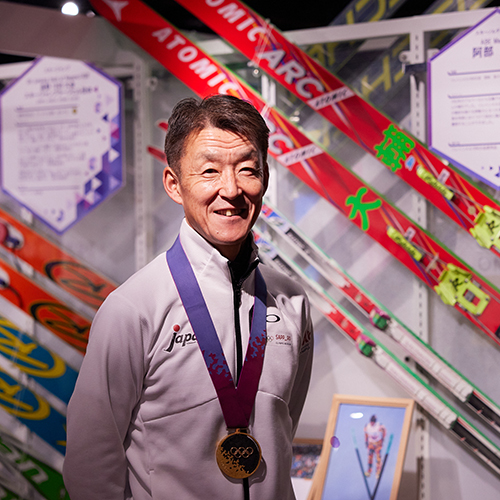
An Olympic gold medalist spreading the word about Sapporo’s winter sports legacy Masashi Abe
Masashi Abe still remembers the first time he jumped the Sapporo Okurayama Ski Jump in high school. The road to gold wasn’t without trials, but with the support of his family and countless supporters he won the team gold medal for the Nordic Combined event in the 1994 Lillehammer Olympics. Since taking up the role of Honorary Director at the Sapporo Olympic Museum in 2017, he shares his experience with Sapporo locals and international visitors to spark more interest in winter sports.
I had the okay from my teacher, but mentally I wasn’t prepared for my first Okurayama jump
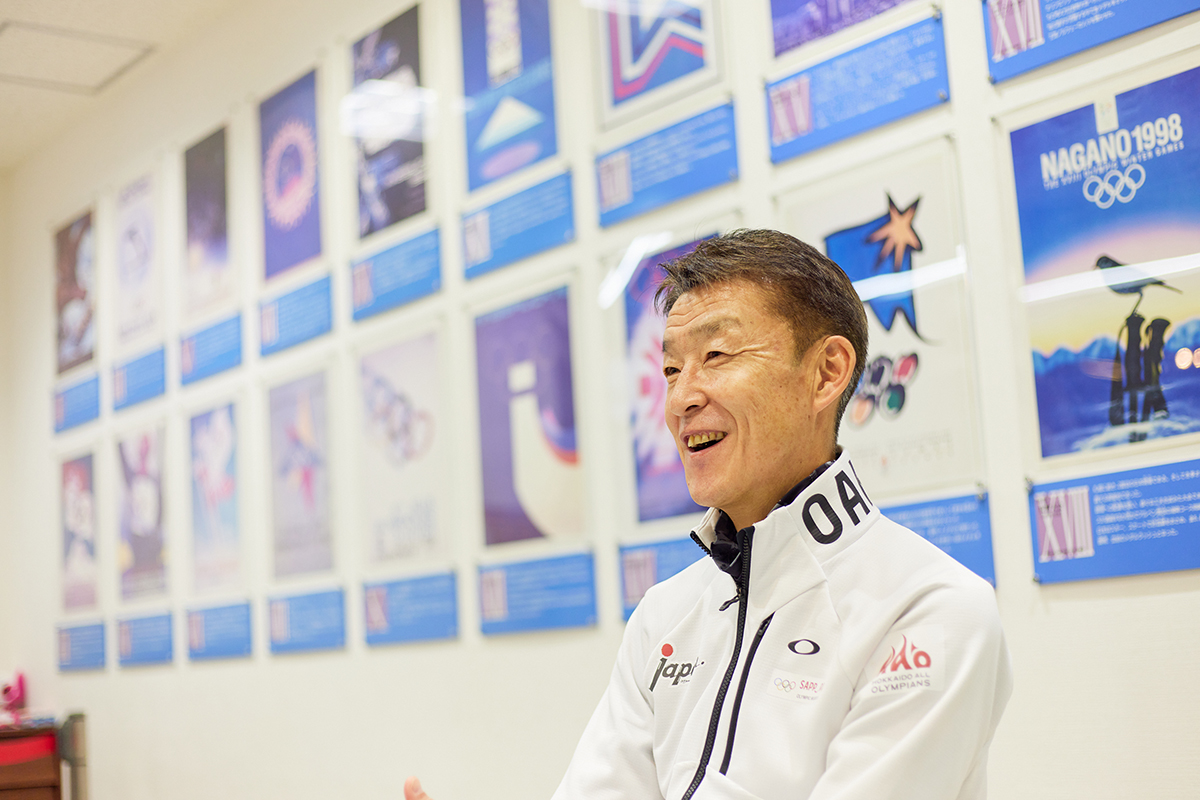
I started ski jumping in third grade in my hometown of Obira in northwest Hokkaido. In high school, I moved to Sapporo and by 12th grade I was ready for my debut on the Sapporo Okurayama Ski Jump. Okurayama is known as a large hill (90 m jump). I clearly remember the first time I launched off it. As my turn slowly drew closer, I grew increasingly nervous. When it was my turn, I hesitated at the start line, until one of the senior jumpers told me to get a move on. As you go down the inrun, you can reach up to 90 km/h. Before I knew it, the jump was over—I don’t remember much of the takeoff but by the end I was covered in a cold sweat from all the nerves.
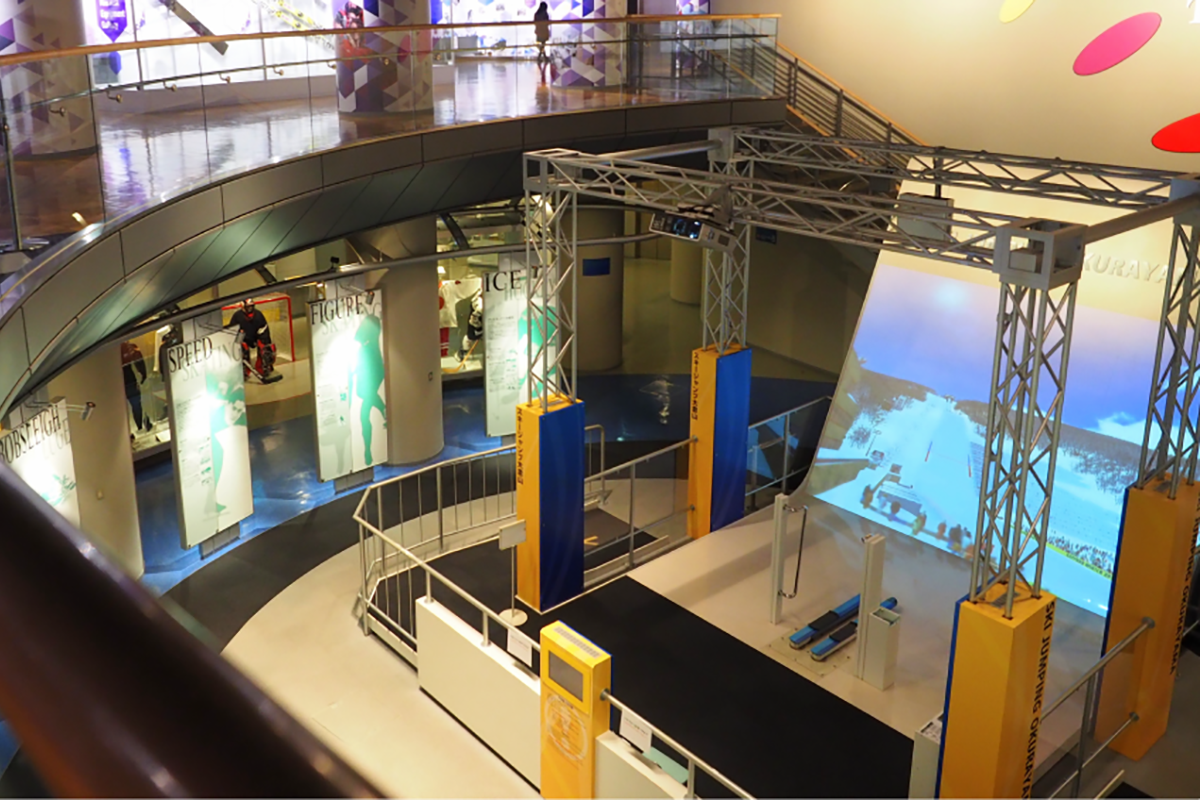
Since those early days, I’ve competed in three Olympics in the Nordic Combined (cross-country skiing and ski jumping) competition, winning the team gold medal at the 1994 Lillehammer Olympics. In 2017, I returned to the Sapporo Okurayama Ski Jump, this time as the Honorary Director of the Sapporo Olympic Museum located at its base.
Being dropped from the gold medal team while the rest of the country celebrated was incredibly tough
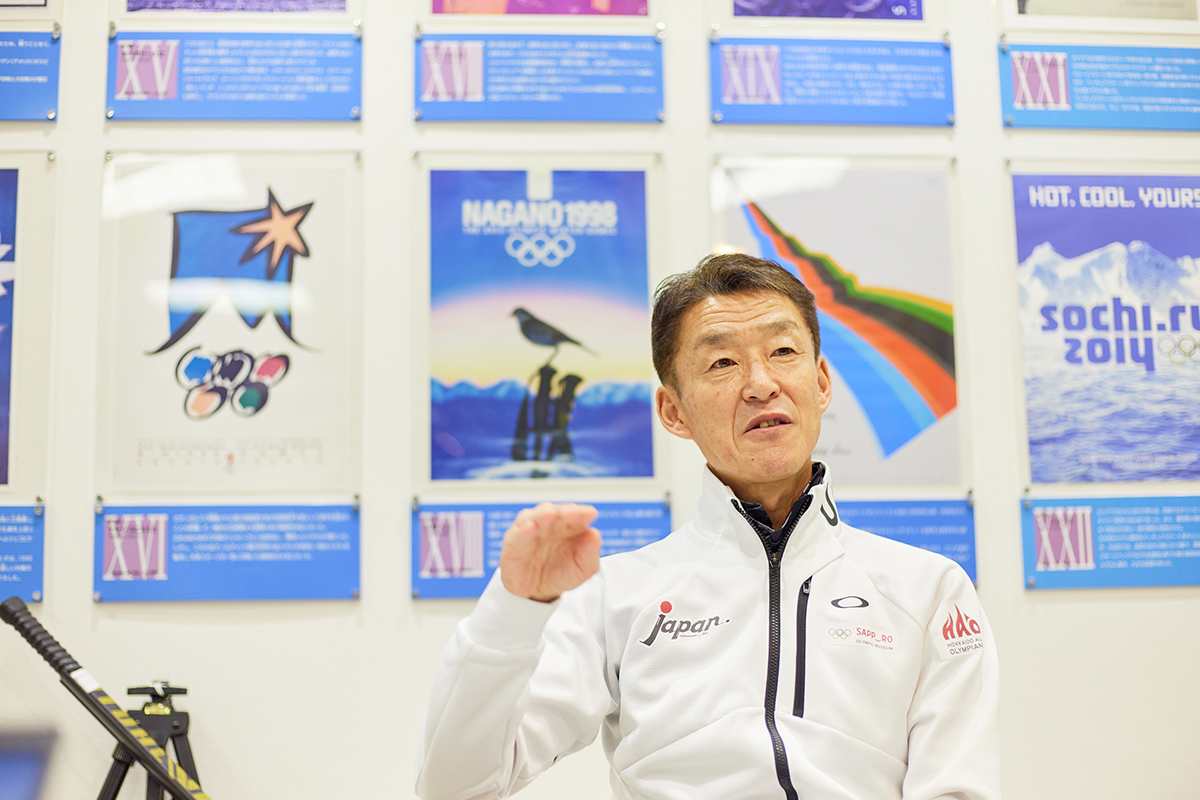
My first appearance in the Olympics was at the 1988 Winter Olympics in Calgary. After that I competed in the FIS Nordic World Ski Championships, even taking home the first podium finish for Japan in 1991. I felt like I was really close to getting gold in the next Olympics in 1992.
I competed in the individual competition but my performance was not good enough, so I was dropped from the team—they would go on to win the first Winter Olympics gold in 20 years for Japan. This was an incredibly upsetting time for me. While the rest of the country was celebrating the victory; I was living with the pain of having not made the cut.
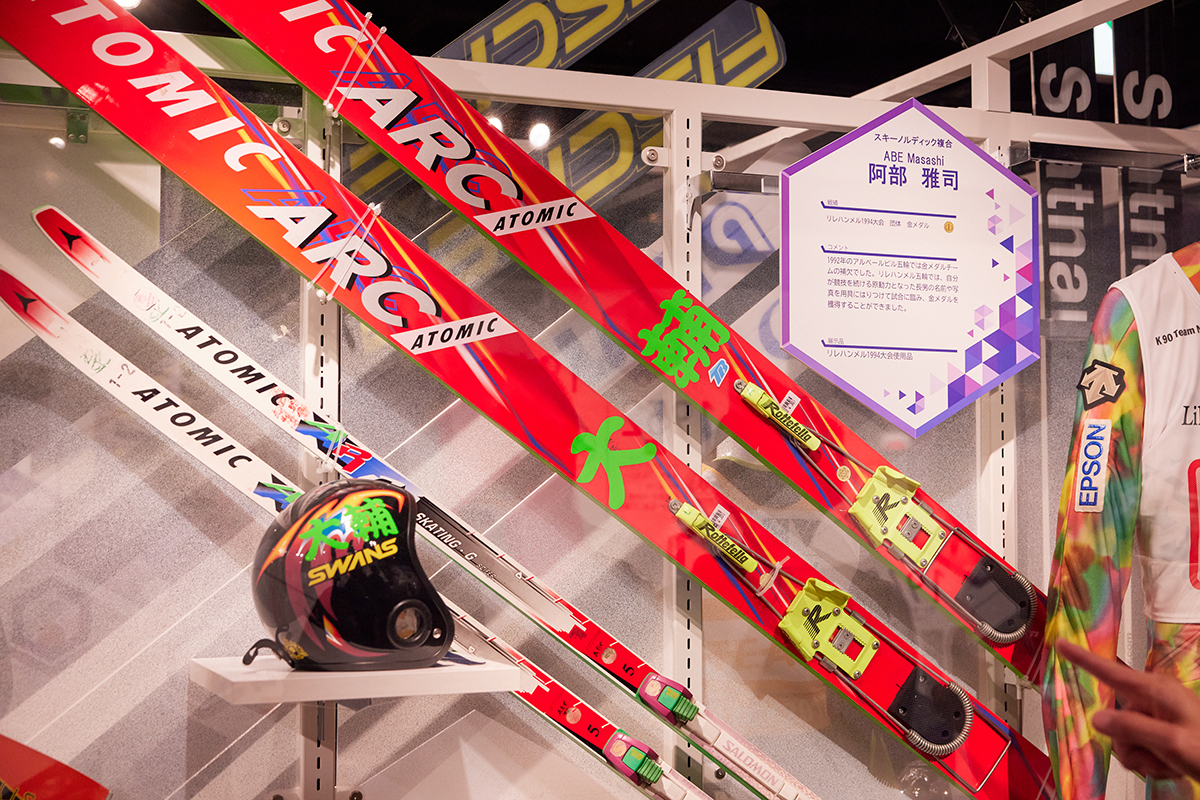
Just as I was thinking about retiring from the sport, I found out that my wife was pregnant. I wanted to show my son how his father can perform in the sport, so I decided to give the Olympics another shot. During training, I met a lot of people who showed me that it wasn’t just me and my family who were disappointed about me being cut from the team in 1992. I realized that I wasn’t competing alone, and even when the training was tough, I’d remember the faces of all my supporters—it allowed me to jump and ski better than I ever had before.
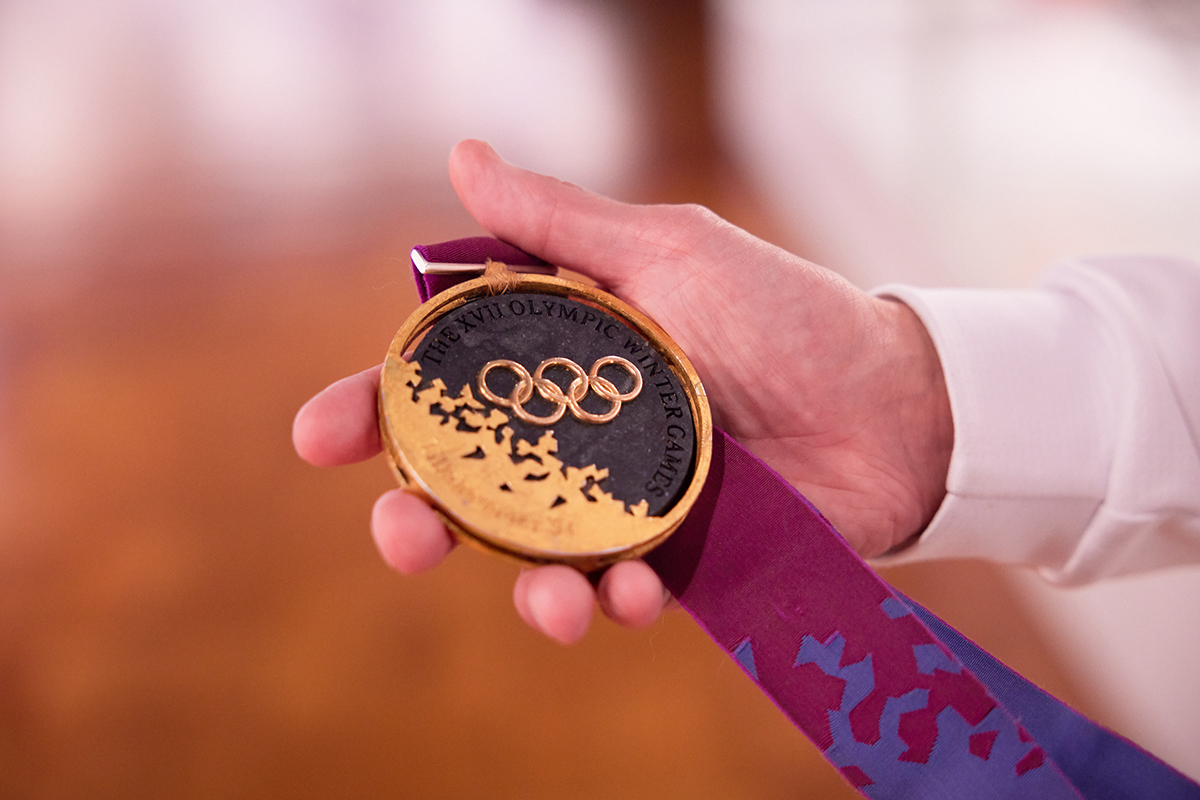
In the 1994 season, my performance improved little by little and I was finally able to celebrate a gold as a member of the team. I felt like I won the gold medal with the help of many people.
I’m always thinking from the visitors’ perspective
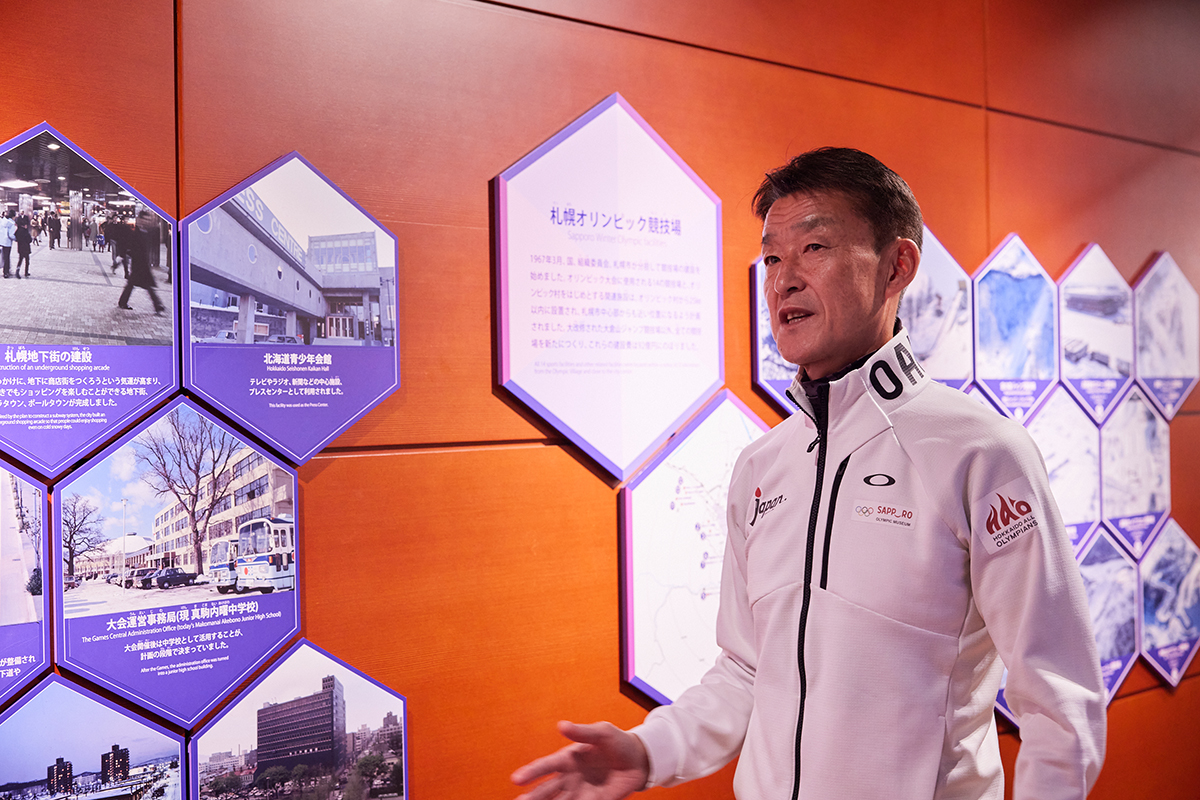
As Honorary Director of the Sapporo Olympic Museum, I’m involved in Olympic and Paralympic education for elementary school students and guided tours for tourists. The museum allows visitors to see and experience the depths of the Olympic and Paralympic games. Along with the exhibitions, we also have various simulators—visitors can experience ski jumping on a simulator and then see the actual jump up close.
I’m always putting myself in the shoes of my visitors because I want to provide them with an experience they won’t forget. I offer special guided tours where I take international visitors to areas that regular tourists can’t enter, like the athletes’ waiting room and the top of the ski jump where the jumpers take off. I take them through the museum and share my experiences as a gold medalist.
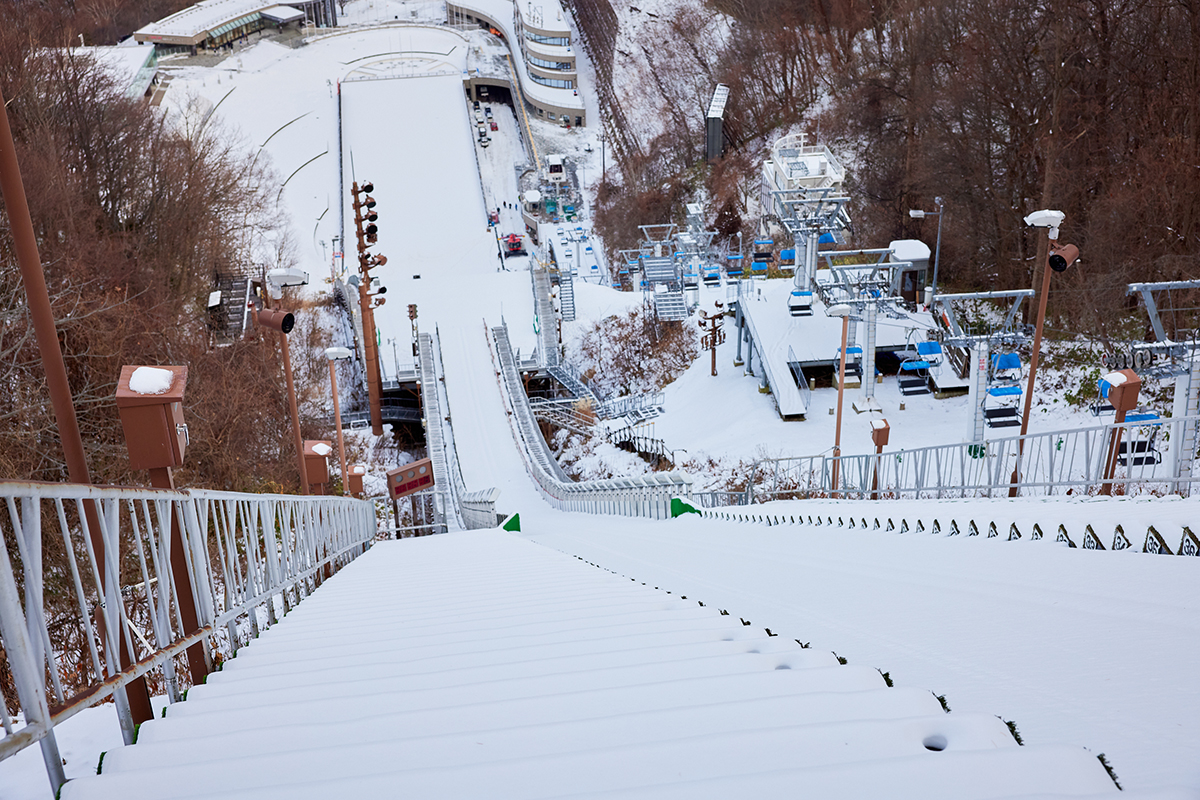
I also offer a group tour where visitors can watch a ski jumper jumping from various angles: from the top of the jump, the lift, and the landing area. Participants in the tour can ask the jumper questions and we all take a photo together inside the landing area of the jump. This is a particularly rare opportunity—everyone walks away with a smile on their face.
Sapporo has a long legacy of being a hub for winter sports
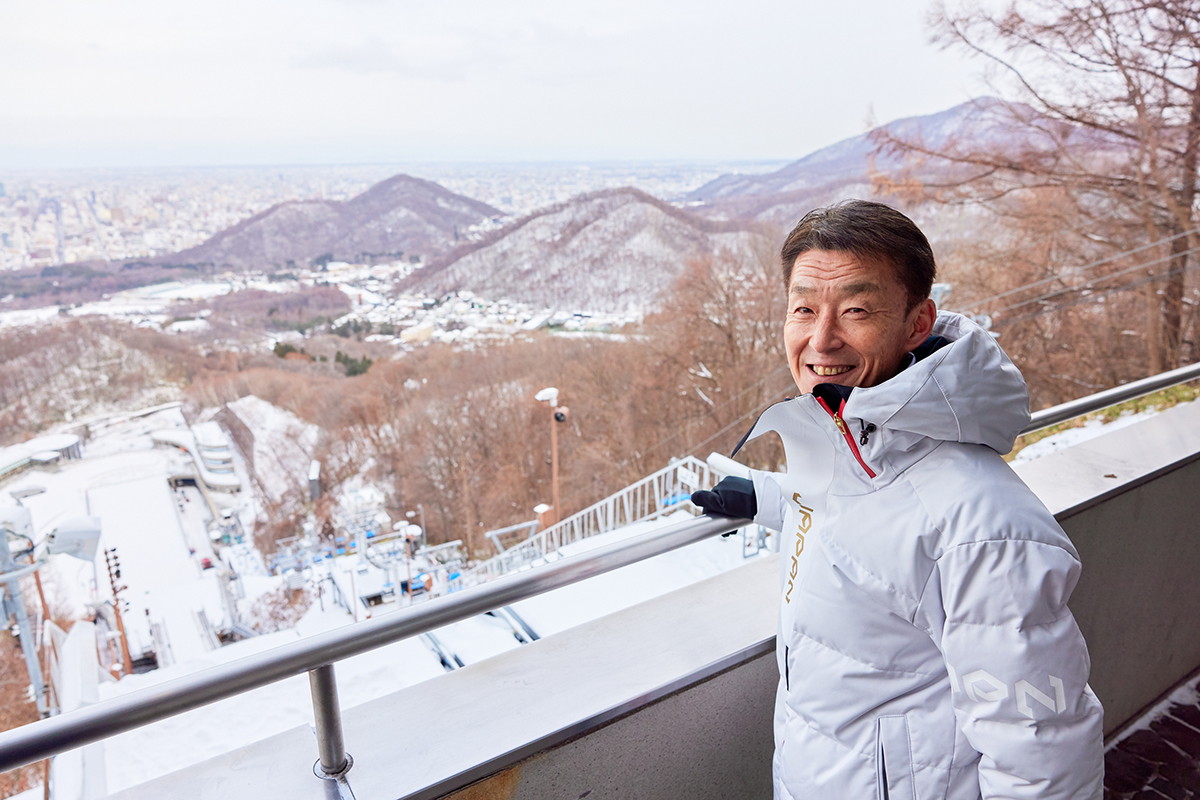
I’ve traveled to many places around the world but it’s very rare to find a big city that gets as much snow as Sapporo. Thanks to these snowy conditions, the city has developed an inseparable relationship with winter sports over the years. This is why I hope that the museum’s educational program for elementary school children will inspire more local children to take up winter sports.
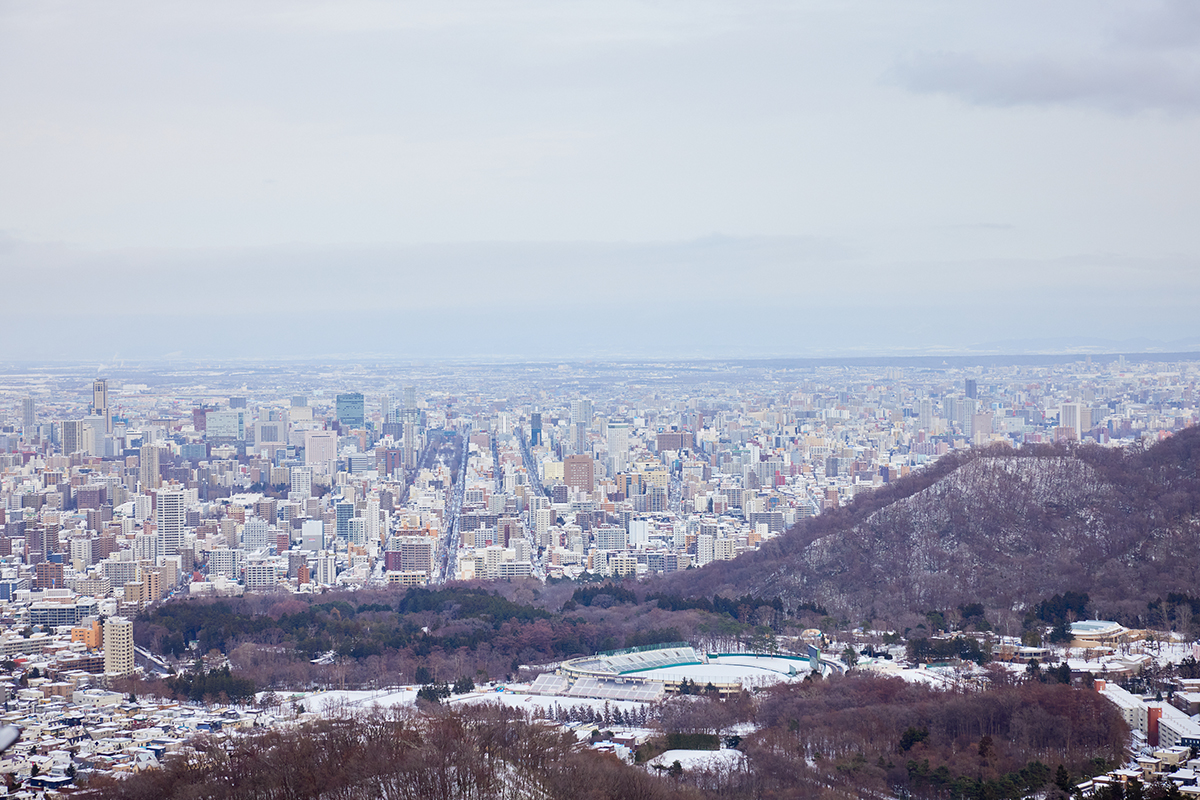
I also hope that people from parts of the world where it doesn’t snow will come to Sapporo to enjoy the snow. There are ski resorts close to the city center and you can even try cross-country skiing at Nakajima Park. This is a fun activity for anyone, but I particularly recommend it to first-timers and people who don’t want to go all the way to the ski resorts. You can rent skis for free and ski around the trail, which is roughly 600 m long. The cross-country skiing area is only open for a limited time. It’s also lit up at night so you can enjoy the beautiful lights and the unique experience of winter sports at night. It’s a great place to stop by and get some exercise before grabbing a meal at nearby Susukino. No matter your level of experience, winter sports offer a fun way to experience this snowy city.
If you’d like to learn more about Sapporo Olympic Museum, click the link below:
https://sapporo-olympicmuseum.jp/english/